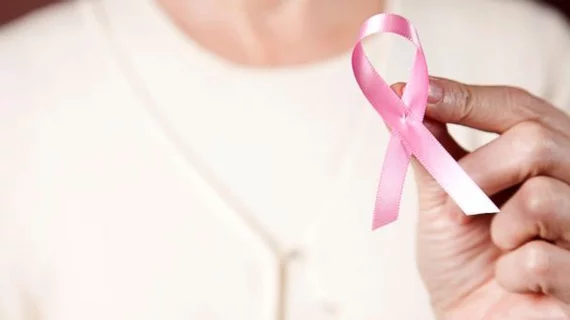The top screening approach for childhood breast cancer survivors treated with radiation
Young women who undergo chest radiation for childhood cancer face a nearly 30% risk of breast cancer as they get older. But what is the best screening approach to detect the disease earlier?
Boston Children’s Hospital clinicians sought the answer, using three breast cancer simulation models created with data, in part, from more than 24,000 survivors of childhood cancers.
Combining annual breast MRI and mammography beginning at age 25 saved the most lives, but after accounting for emotional stress and other testing factors, starting at 30 proved the top strategy.
Chief Medical Officer of the Dana-Farber/Boston Children’s Cancer and Blood Disorders Center, Lisa Diller, MD, says having screening discussions with patients who have survived childhood chest radiation is critical, and these results should help.
"Having these data informs discussions with young women who are facing screening at a very young age,” Diller, also a co-author of the study, said Wednesday. “It both reassures them that waiting until age 30 might be reasonable and impresses upon them that this screening could be life-saving."
For their research, published July 7 in the Annals of Internal Medicine, Diller et al. combined previously designed breast cancer simulation models with data from the Childhood Cancer Survivor study, which added outcomes from cancers diagnosed over a 29-year period.
The models tested included:
- No screening.
- Digital mammography and breast MRI, starting at age 25—according to current recommendations—30, or 35.
- MRI only, starting at age 25, 30, or 35.
Results showed that all screening methods saved lives, and without any, young cancer survivors treated with radiation had a 10%-11% lifetime risk of dying from the disease, compared to 2.5% among women in general.
Breast MRI combined with mammography started at age 25 staved off 56%-71% of deaths, the most of all strategies. MRI by itself saved slightly fewer, ranging from 56%-62%.
But the authors also estimated that beginning at 25 years old, under the top screening method, the average patient would encounter four or five false-positive results and up to two breast biopsies. This emotional stress, along with the costs of added screening and testing, suggests starting at age 30 is best.
“Our model-based findings suggest that even if the risk of breast cancer declines by half with more recent changes in radiation dose and delivery, early initiation of screening still remains favorable for these high-risk survivors," Jennifer M. Yeh, PhD, with the hospital’s Division of General Pediatrics, said in the statement. "Ensuring survivors are aware of and have access to screening can save lives."

